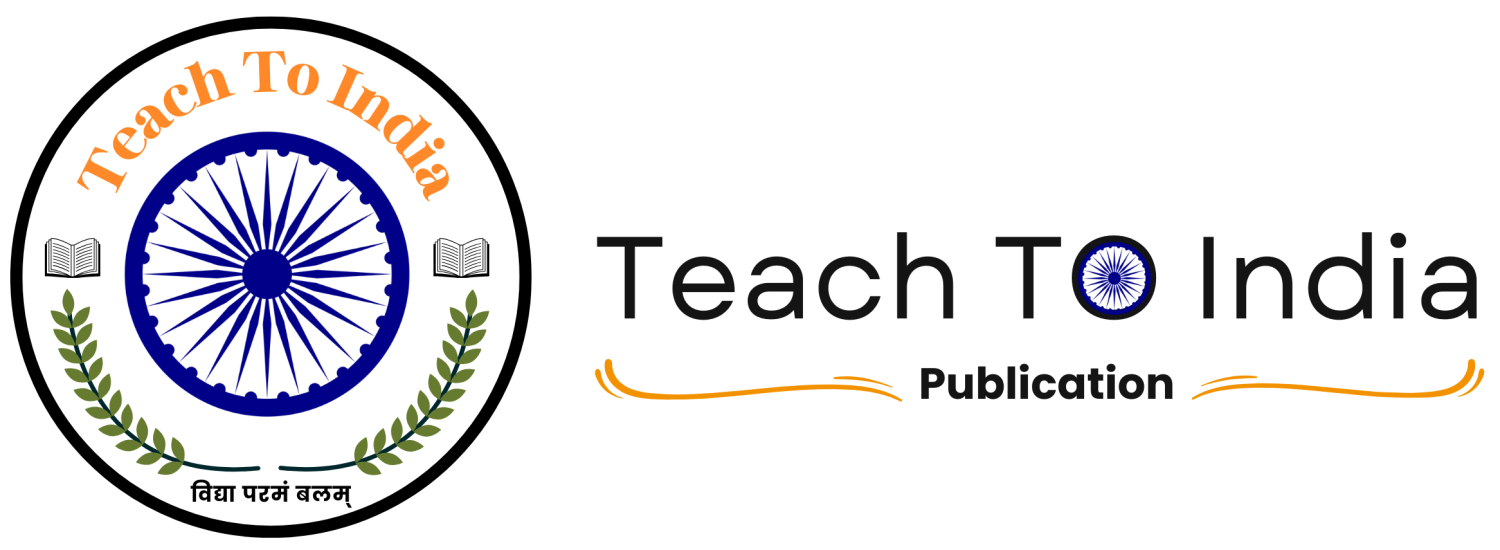|
Program/Class:
Diploma/ B.Sc
|
Year: First
|
Semester: Second
|
|
Subject: Chemistry
|
|
Course Title: Bioorganic and Medicinal Chemistry
|
|
Course Learning Outcomes : Biomolecules are important for the functioning of living organisms. These molecules perform or trigger important biochemical reactions in living organisms. When studying biomolecules, one can understand the physiological function that regulates the proper growth and development of a human body. This course aims to introduce the students with basic experimental understanding of carbohydrates, amino acids, proteins, nucleic acids and medicinal chemistry. Upon completion of this course students may get job opportunities in food, beverage and pharmaceutical industries.
|
|
Credits: 4
|
Core Compulsory
|
|
Max. Marks: –25+75
|
Min. Passing Marks: 40
|
|
Unit
|
Topics
|
|
I
|
Chemistry of Carbohydrates: Classification of carbohydrates, reducing and non-reducing sugars, General Properties of Glucose and Fructose, their open chain structure. Epimers, mutarotation and anomers. Mechanism of mutarotation Determination of configuration of Glucose (Fischer’s proof). Cyclic structure of glucose. Haworth projections. Cyclic structure of fructose. Inter conversions of sugars (ascending and descending of sugar series, conversion of aldoses to ketoses). Lobry de Bruyn-van Ekenstein rearrangement; stepping–up (Kiliani Fischer method) and stepping–down (Ruff’s &Wohl’s methods) of aldoses; end-group interchange of aldoses Linkage between monosachharides, structure of disaccharides (sucrose, maltose, lactose.)
|
|
II
|
Chemistry of Proteins: Classification of amino acids, zwitter ion structure and Isoelectric point. Overview of primary, secondary, tertiary and quaternary structure of proteins. Determination of primary structure of peptides, determination of N-terminal amino acid (by DNFB and Edman method) and C–terminal amino acid (by thiohydantoin and with carboxypeptidase enzyme). Synthesis of simple peptides (upto dipeptides) by N-protection & C-activating groups and Merrifield solid phase synthesis. Protein denaturation/ renaturation Mechanism of enzyme action, factors affecting enzyme action, Coenzymes and cofactors and their role in biological reactions)
|
|
III
|
Chemistry of Nucleic Acids: Constituents of Nucleic acids: Adenine, guanine, thymine and Cytosine (Structure only), Nucleosides and nucleotides (nomenclature), Synthesis of nucleic acids, Structure of polynucleotides; Structure of DNA (Watson-Crick model) and RNA (types of RNA), Genetic Code, Biological roles of DNA and RNA: Replication, Transcription and Translation
|
|
IV
|
Introductory Medicinal Chemistry : Drug discovery, design and development; Basic Retrosynthetic approach. Drug action-receptor theory. Structure –activity relationships of drug molecules, binding role of –OH group,-NH2 group, double bond and aromatic ring. Mechanism of action of the representative drugs of the following classes: analgesics agents, antipyretic agents, anti-inflammatory agents (Aspirin,paracetamol); antibiotics (Chloramphenicol); antibacterial and antifungal agents (Sulphonamides; Sulphanethoxazol, Sulphacetamide); antiviral agents (Acyclovir), Central Nervous System agents(Phenobarbital, Diazepam),Cardiovascular (Glyceryl trinitrate), HIV-AIDS related drugs (AZT- Zidovudine
|
|
V
|
Solid State
Definition of space lattice, unit cell. Laws of crystallography – (i) Law of constancy of interfacial angles, (ii) Law of rationality of indices and iii) Symmetry elements in crystals and law of symmetry .X-ray diffraction by crystals. Derivation of Bragg equation. Determination of crystal structure of NaCl, KCl and CsCl (powder method).
|
|
VI
|
Introduction to Polymer
Monomers, Oligomers, Polymers and their characteristics, Classification of polymers : Natural synthetic, linear, cross linked and network; plastics, elastomers, fibres, Homopolymers and Co-polymers, Bonding in polymers : Primary and secondary bond forces in polymers ; cohesive energy, and decomposition of polymers. Determination of Molecular mass of polymers: Number Average molecular mass (Mn) and Weight average molecular mass (Mw) of polymers and determination by (i) Viscosity (ii) Light scattering method (iii) Gel permeation chromatography (iv) Osmometry and Ultracentrifuging. Silicones and Phosphazenes –Silicones and phosphazenes as examples of inorganic polymers, nature of bonding in triphosphazenes.
|
|
VII
|
Kinetics and Mechanism of Polymerization techniques, Mechanism and kinetics of copolymerization, Addition or chain growth polymerization, Free radical vinyl polymerization, ionic vinyl polymerization, Ziegler Natta polymerization and vinyl polymers, Condensation or step growth-polymerization, Polyesters, polyamides, phenol formaldehyde resins, urea formaldehyde resins, epoxy resins and polyurethanes
|
|
VIII
|
Synthetic Dyes: Colour and constitution (electronic Concept), Classification of dyes, Chemistry and synthesis of Methyl orange, Congo red, Malachite green, crystal violet, phenolphthalein, fluorescein, Alizarin and Indigo.
|








